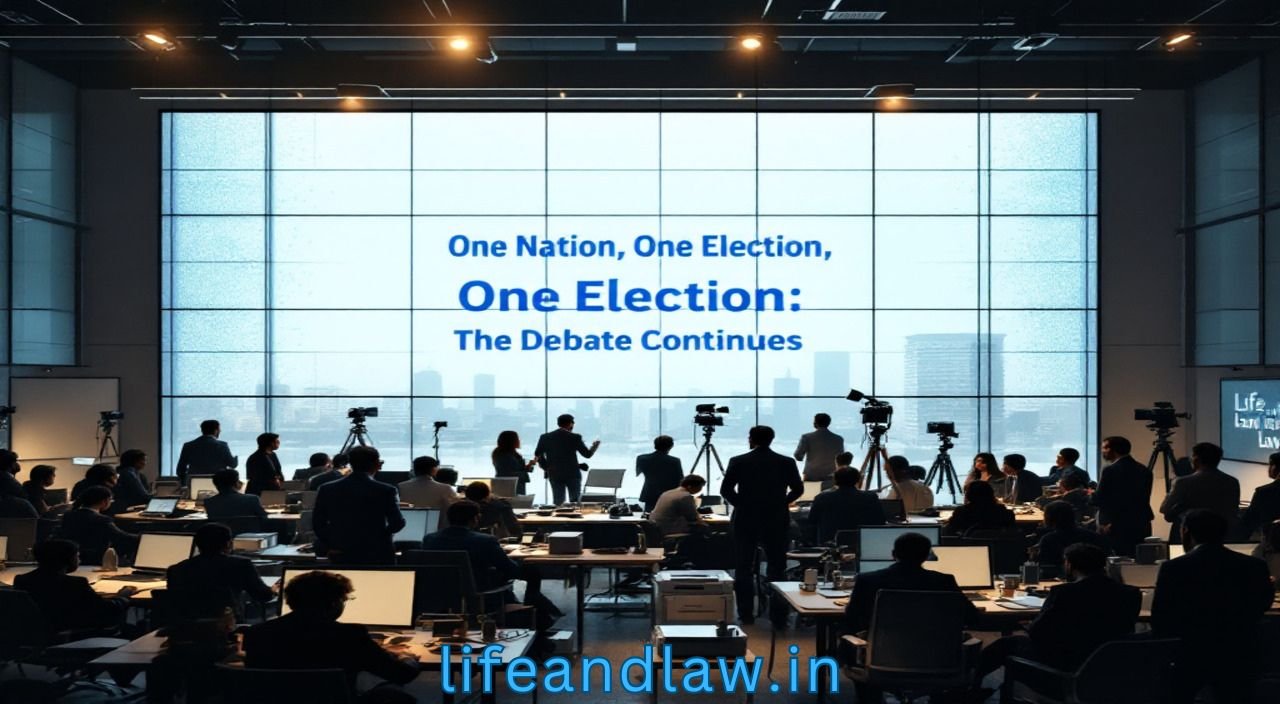Trending

The One Nation, One Election (ONOE) proposal offers some compelling advantages and significant concerns, making it a deeply debated issue in India’s political landscape. According to the proponents, simultaneous elections could lead to more efficient governance by reducing election fatigue, saving administrative costs, and minimizing the frequent disruptions that occur due to continuous campaigning. Whereas critics contend that simultaneous elections could undermine the regional autonomy of states by overshadowing local issues with national agendas and threats to democracy. Elections at the national level typically revolve around larger, often pan-Indian issues, which could dominate the state-level narratives and dilute the significance of region-specific concerns. In addition, a single election process may further sideline smaller or regional parties as national parties with more resources will have an upper hand in such a massive and complicated electoral exercise. This may cause a disturbance in the delicate balance of India’s federal system where state governments have their own powers and priorities.
The aim of this article is to understand “One Nation, One Election” (ONOE) in India and to analyze the advantages and disadvantages of ONOE which will help citizens of India to form opinions on it.
One Nation, One Election” (ONOE) is a proposal which calls for simultaneous elections for the Lok Sabha, which is the national Parliament, and all state legislative assemblies in India. In the current system, elections are conducted at different times for different legislative bodies, but in this system, elections for central and state governments are coordinated and held simultaneously once every five years.
Simultaneous Elections Era (1951–1967): India conducted its first general elections in 1951-52, with simultaneous polls for the Lok Sabha and state assemblies. This practice continued until 1967, as the five-year terms of both Parliament and state assemblies remained synchronized.
Shift to Staggered Elections (Post-1967): Premature dissolution of certain state assemblies and the Lok Sabha disrupted the synchronization. Political instability during the 1970s and 1980s led to separate election schedules for various states and Parliament. Since then, elections have become a year-round affair, with different states and the national Parliament having their own election timelines.
Recent Developments: Committees have been set up to examine the legal, constitutional, and logistical challenges of ONOE. Parliament has witnessed debates on the feasibility and implications of simultaneous elections. The proposal has gained friction, as a significant electoral reform while also sparking concerns about its impact on federalism and voter representation.
The idea of conducting simultaneous elections for the Lok Sabha (national elections) and State Legislative Assemblies under the “One Nation, One Election” (ONOE) proposal requires changes to India’s constitutional provisions such as :
Provision: Article 83(1) stipulates that the Lok Sabha (the House of the People) has a duration of five years from the date of its first meeting after the general election, unless dissolved earlier.
Implication for ONOE: For ONOE to be implemented, there must be a synchronization of the terms of the Lok Sabha and State Legislative Assemblies. This could involve extending or shortening the tenure of the current Lok Sabha to align with the state elections, which may require amendments to Article 83.
Provision: Article 172(1) defines the duration of state legislative assemblies as five years, similar to the Lok Sabha, unless the assembly is dissolved earlier.
Implication for ONOE: Each state’s legislative assembly may have its own electoral cycle. The dissolution of state assemblies before the completion of their five-year term, often due to political factors, would have to be adjusted to align with the Lok Sabha elections for ONOE to work.
Article 85: This Article deals with the President’s power to dissolve the Lok Sabha and call for new elections. It allows the Lok Sabha to be dissolved before the expiration of its five-year term if the President decides so.
Article 174: It deals with the power of the Governor of a state to summon and dissolve the state legislature.
Implication for ONOE: If ONOE is implemented, the dissolution and calling of sessions for both the Lok Sabha and state legislative assemblies will need to be coordinated. This could involve overriding the independent powers of the President and Governors regarding the timing of elections, requiring major constitutional amendments.
Article 356 : This article allows the President to impose President’s Rule (direct central control) in a state if the state government cannot function according to the provisions of the Constitution.
Implication for ONOE: Under ONOE, synchronized elections could reduce political instability in states, thereby minimizing the need for President’s Rule. A more stable election cycle could potentially lower the frequency of invoking Article 356.
Pros of “One Nation, One Election” are as follows –
The disadvantages of “One Nation, One Election” are as follows –
The One Nation, One Election idea, therefore, presents both pros and cons for India’s democratic framework. On the one hand, it will simplify the process of elections and save cost but on the other hand, it is an erosion of federalism, a marginalization of regional voices, and the complexities of logistics involved. If we compare and analyze the arguments in favor of and against One Nation, One Election (ONOE), one can understand that, under the colours of saving costs and maintaining stability, it poses a threat to India’s democracy. It might disturb the political equilibrium, even risking the federal structure, and can even go on to become a tool to develop a more centralized, monarchical form of governance which is harmful for democracy of India.

Adv. Abdul Mulla (Mob. No. 937 007 2022) is a seasoned legal professional with over 18 years of experience in advocacy, specializing in diverse areas of law, including Real Estate and Property Law, Matrimonial and Divorce Matters, Litigation and Dispute Resolution, and Will and Succession Planning. read more….
Copyright BlazeThemes. 2025
Nice writing.